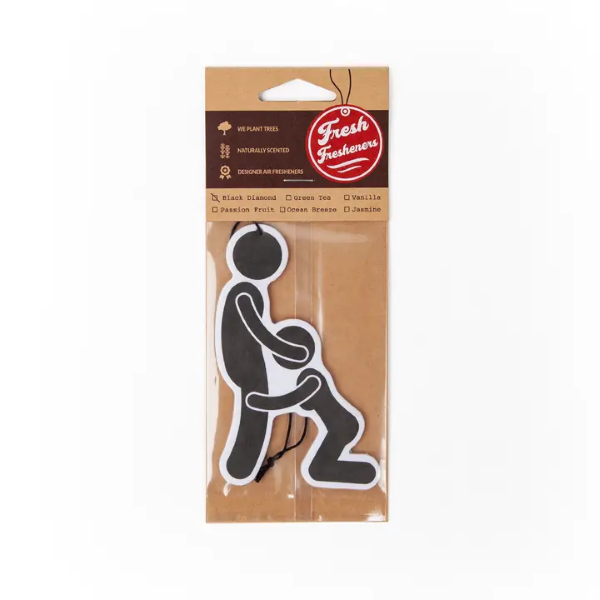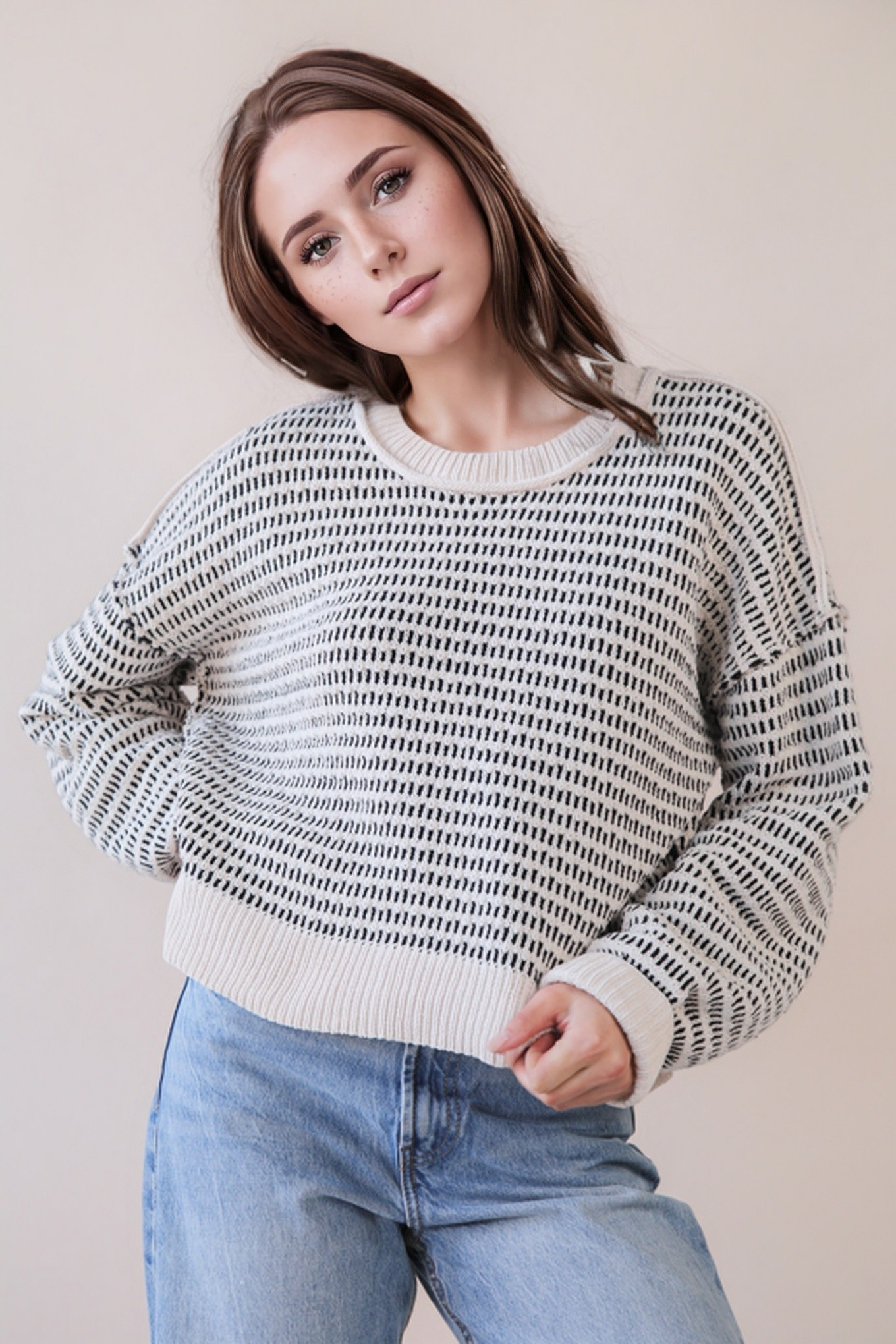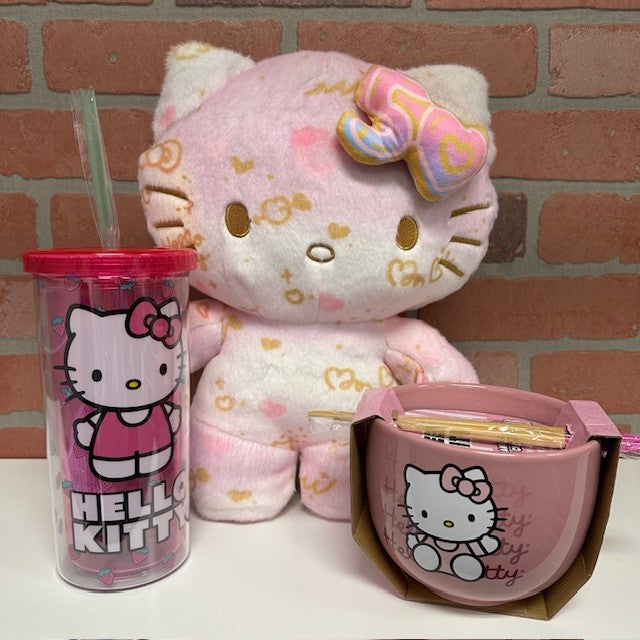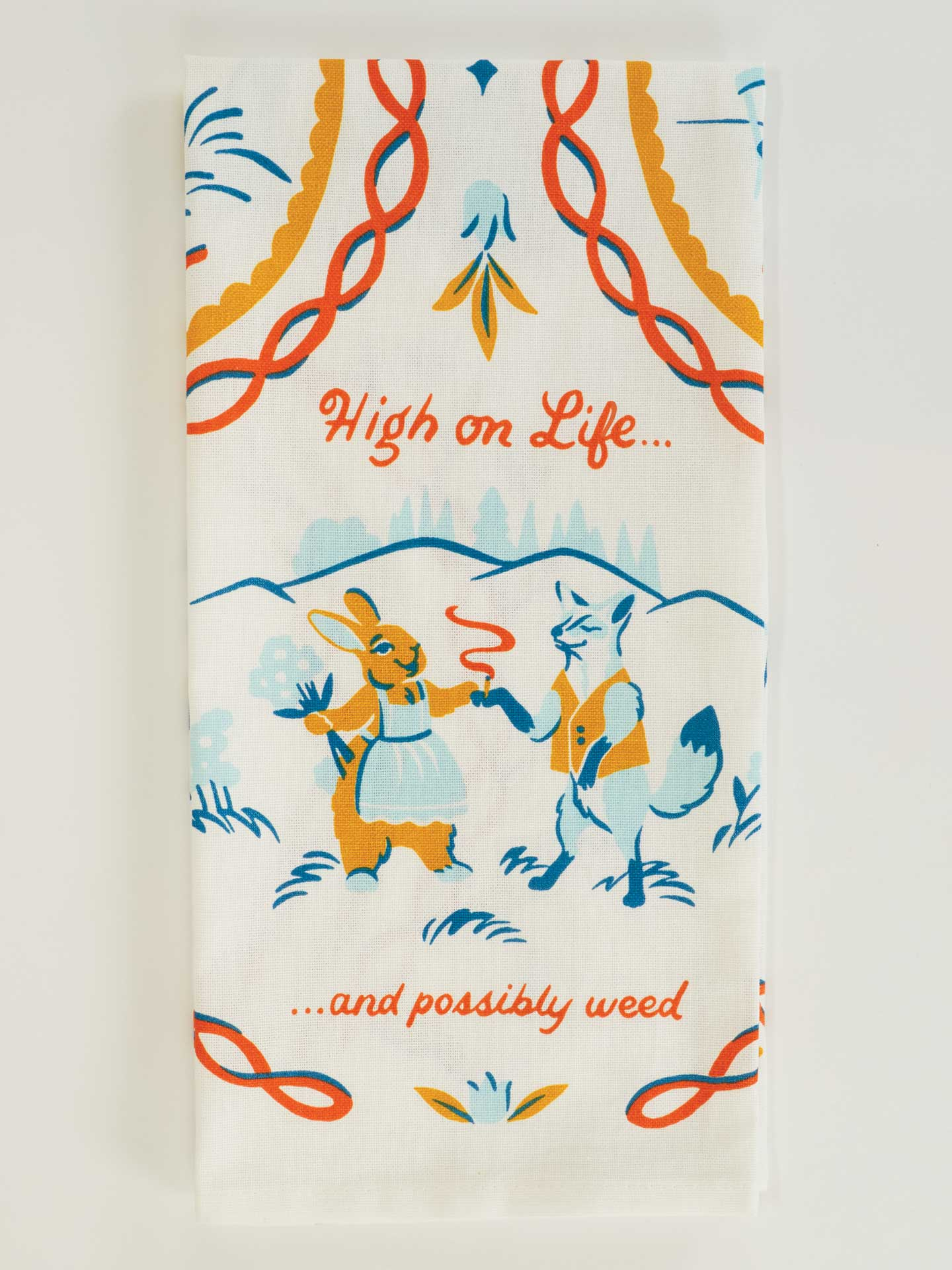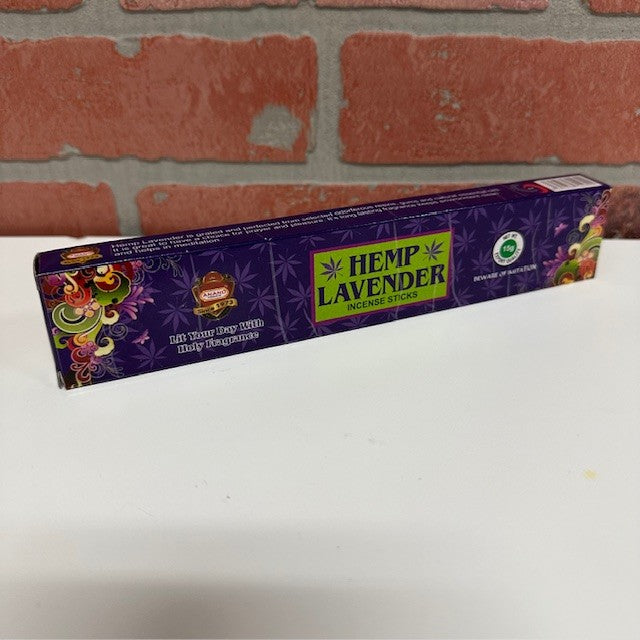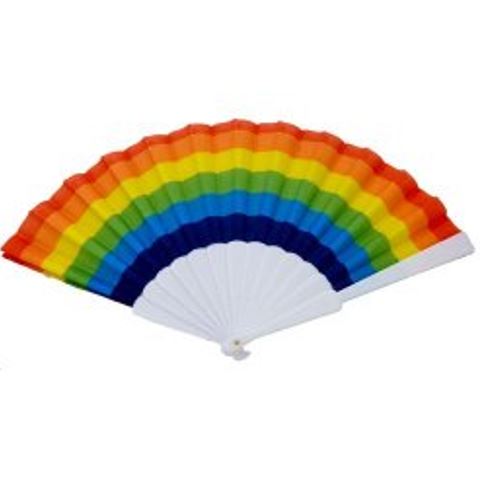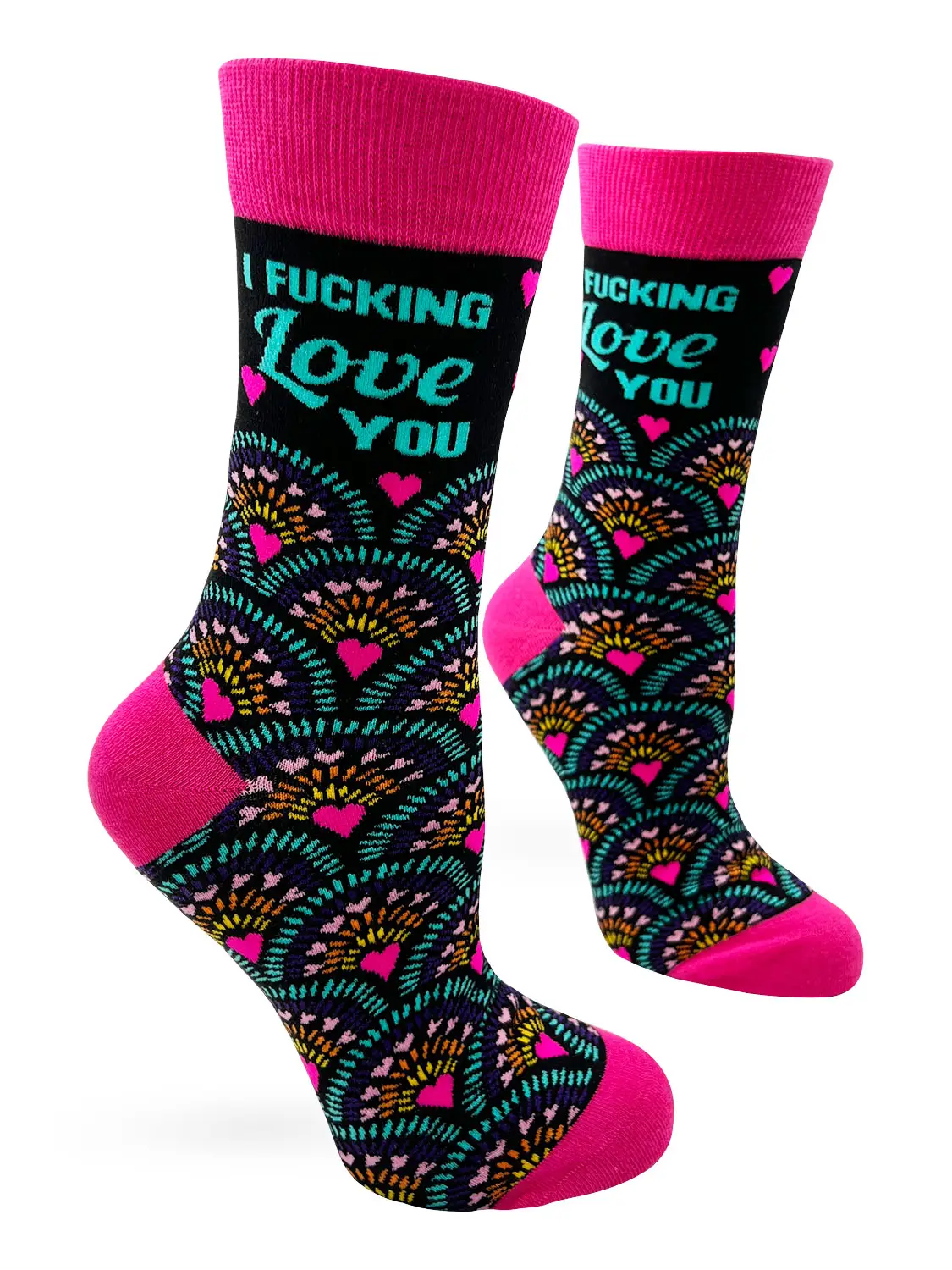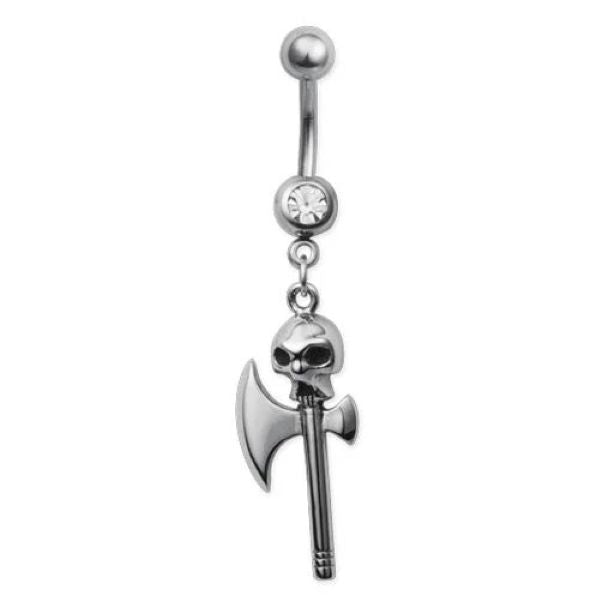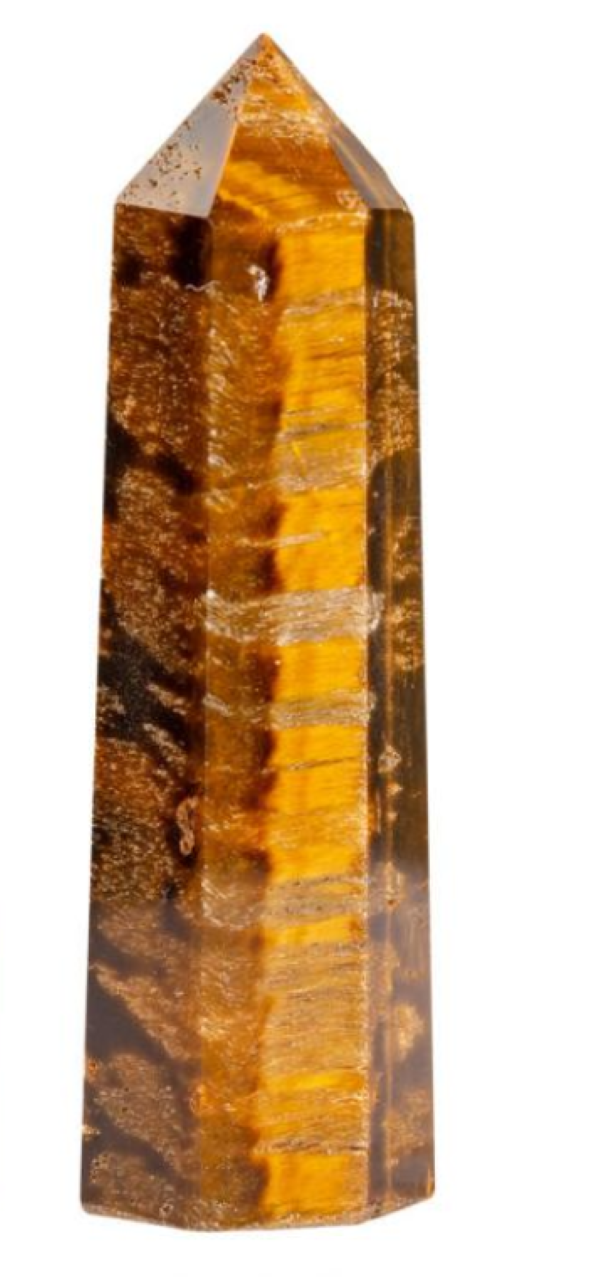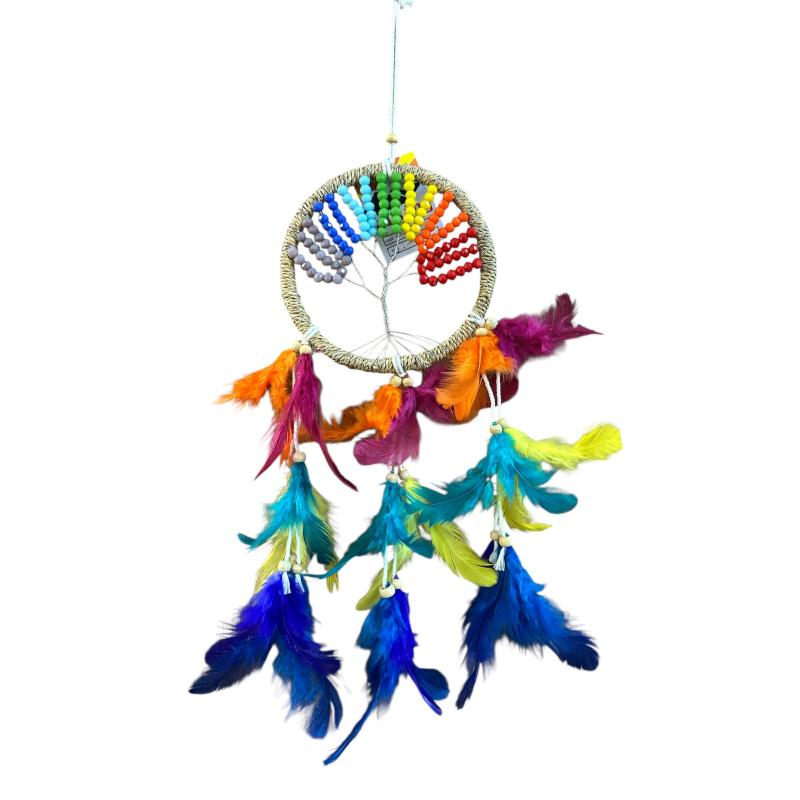History of essential oils
Evidence and recorded history have shown that the Egyptians used aromatic oils as early as 4500 B.C.E. the Egyptians are renowned for their knowledge of using aromatic extracts for beauty care, culinary uses, spiritual and physical wellbeing. However, it is believed China and India were using essential oil-like extracts around the same time frame.
Some of us may wonder why we call them essential oils will wonder no more! The oil bears the name of the plant from which it is derived. For example, Eucalyptus oil or lemongrass oil. Oils were called essential because people believe they represent the very essence of odor and flavor.
Essential oil is a concentrated hydrophobic liquid containing volatile (defined as “the tendency of a substance to vaporize”) aroma compounds from plants. Other names for essential oils are volatile oils and ethereal oils. Typically, essential oils are extracted and created by distillation. There are five other processes to make essential oils. These processes are less commonly used yet equally if not more powerful then the process of distillation. The names for these five other processes are; expression, solvent extraction, absolute oil extraction, resin tapping, and cold pressing. Essential oils are mainly used for perfumes, household cleaning products, soaps, bubble baths, and other beauty products. However, the possibilities for essential oils is almost endless.
Process of creating oils
We get essential oils through a process called distillation. Distillation means, the action of purifying a liquid by a process of heating and cooling. the second definition is; the extraction of the essential meaning the most important aspect of something. Most pure essential oils are extracted from plants through steam distillation. During steam distillation freshly picked steams are passed through plant material and are suspended over boiling water. Due to the combination of heated steams and gentle pressure it causes the essential oils to be released from microscopic protective sacs. The vapor mixture then flows through a condenser and cools, the vapor mixture turns into a layer of oil and a layer of water. The essential oil eventually rises to the top and is separated from the floral water and collected. The temperature for steam distillation typically ranges between 140-212 degrees Fahrenheit. Since not all plants are the same some oils may require different pressures, times and temperatures, this particular method makes it easier to adjust the temperature-based on plant type, making this process an effective and precise way to create the purest oils. Due to its advantage of distilling volatile components at lower boiling temperatures of their individual constituents, making separation from condensed water easier, to this day distillation remains the most common process of extracting essential oils from plants.
Solvent expression is the method in which compounds separate themselves, based on their relative solubilities in two different immiscible liquids. The two immiscible liquids tend to be water and an organic solvent.
Absolute oil extraction is when extremely concentrated, highly aromatic, oily mixtures are extracted from plants.
Cold pressing: cold pressing is the process of pressing fruit, nuts, and seeds to extract oil without the use of heat to extract oils. The oils that are obtained through cold pressing, or cold extraction, tend to be more potent than oils obtained through refining processes. The reason behind that is the less heat used the more aroma you receive from the fruit, nuts and seeds being used. Oils produced from cold pressing are also known to be safer to use in skin/ beauty care products or beauty care routines.
Resin tapping: for this process resin is collected by causing minor damage to the tree by making a hole deep enough in the trunk to puncture the vacuoles, (“a space or vesicle found in the cytoplasm of a cell, enclosed by a membrane”) to let sap come out from the tree. After the vacuoles becomes punctured the tree begins to heal itself. The tree is able to repair itself by filling the wound with resin, the excess resin is then collected.
HELPFUL SKIN CARE TIPS
Whenever using essential oils for skin care it is so very important to make sure a carrier oil is always used to dilute the essential oil. If the essential oil is not diluted it can cause skin to become irritated some skin may begin to peal off due to the high concentration and acidity depending on which oil is being used at the time, it may also cause break outs or skin conditions to worsen if not diluted properly. The amount of carrier oil used is determined by which oil you have choose for your skin care routine. Here is a list of the top ten carrier oils used.
- Coconut oil: coconut oil is derived from the fruit of the coconut tree
- Olive oil: olive oil is extracted from fruits of the olive oil tree
- Jojoba oil: Jojoba is extracted from seeds from the jojoba tree
- Sweet almond oil: sweet almond comes from the dried fruits of the almond tree
- Aragon oil: Aragon oil comes from the fruit of the Moroccan Aragon tree
- Avocado oil: extracted from the fruit of the avocado tree
- Grapeseed oil: This oil is extracted from the seeds of grapes
- Moringa oil: Moringa is extracted from the seeds of the Moringa Oleifera (drumstick or horseradish) tree
- Apricot kernel oil: Obtained from apricot kernels or apricot seeds
- Castor oil: obtained from the seeds of the castor bean plant
These are the top twelve oils to use in skin care routines and why they are so good to use!
- Lavender heals skin irritation
- Geranium balances oil production
- Basil is ideal for sensitive skin
- Frankincense helps with pigmentation, as well as tone and tightens skin
- Ylang ylang treats oily or acne prone skin
- Lemongrass can be used as an astringent and skin toner
- Cypress shrinks swollen blood vessels
- Tea tree has antifungal and antibacterial properties making it helpful for fighting off acne
- Juniper helps aid in healing and helps prevents infections
- Chamomile treats eczema, inflammation sensitive skin and rosacea
- Clary sage fights the signs of aging and reduces puffiness
- Neroli treats devitalized mature, aging, and sensitive skin types
Sleepy time essential oils
Insomnia is habitual sleeplessness or the inability to fall or stay asleep. Anxiety, depression and stress are the top three mental conditions that prevent many people from getting the sleep they desperately need, ironically loss of sleep can cause anxiety, depression and stress to worsen making insomnia a constant battle. Lose of sleep can also be due to medical conditions such as asthma, arthritis, chronic pain and nasal or sinus allergies to name a few. If you find you struggle with sleep give these essential oils a try.
Top five essential oils for sleep
1) Rose and orange: Orange oil helps insomnia and reduces anxiety while rose oil has a sedative effect
2) Geranium: Improves sleep for people suffering from allergies
3) Frankincense: Calms the mind therefore it helps ease anxiety and depression, allowing for a better night’s rest
4) Lemon: Although lemon has an invigorating smell it has been proven to be sedative and have anti-anxiety benefits
5) Lavender: Is a well-known super oil when it comes to its natural remedy for mild insomnia, with no long-term side effects. Lavender decreases anxiety while increasing ones’ sleep quality
Migraines are when a recurring throbbing headache typically affects one side of the head. This pain is often accompanied by nausea and disturbed vision. A headache is when a continuous pain occurs. Carrying some of these essential oils may help decrease how often headaches and or migraines occur and the intensity of the pain. Try one of these five oils for a more natural migraine remedy.
- Peppermint: contains menthol, which helps muscles relax and ease pain. Dilute the oil with a carrier oil like coconut oil, and apply to temples or base of neck for best results
- Rosemary: Has powerful anti-inflammatory and pain killing properties. Rosemary has been used in folk medicine for centuries to reduce stress, pain relief, and improved circulation. It helps relax muscles which make sit good for migraines or headaches
- Lavender: Commonly used for stress relief and relaxation. Breathing in the smell of lavender oil helps management of migraines caused by headaches
- Chamomile: Chamomile is best used for tension headaches due to its ability to relax the body and soothe muscles. It may also help treat anxiety and insomnia, two common causes of migraines and headaches
- Eucalyptus: Eucalyptus oil is essential if your headaches are caused by sinus issues. This particular oil can help relieve sinus tension that causes headaches by; opening up the nasal passages and cleaning out the sinuses
10 benefits of essential oils
- Fight cold and flu symptoms
- Relax the body and soothe muscles
- Heal skin conditions
- Alleviate pain
- Balance hormones
- Improve digestion
- Reduce cellulite and wrinkles
- Clean your home
- Natural bug/ insect repellent
- Natural sleep-aid
Top 15 essential oils& health benefits
- Clove: Antioxidant protection
- Cypress: Improves circulation, reduces varicose veins
- Eucalyptus: Improves respiratory issues
- Frankincense: Reduces inflammation
- Ginger: Improves digestion and relieves nausea
- Grapefruit: Supports metabolism and cellulite reduction
- Lavender: Increases mood, heals burns and cuts
- Lemon: Great for homemade cleaning products
- Myrrh: Can prevent or reduce infections, balances hormones
- Oregano: Can kill fungus and helps get rid of colds
- Peppermint: Improves focus, boosts energy
- Rose: Great for reducing skin inflammation
- Rosemary: Improves brain function and memory
- Tea Tree: Natural anti-bacterial and anti-fungal. Reduces bad odors
- Sandalwood: Aphrodisiac that can improve libido and increase energy
Top 5 essential oils that help pms
- Lavender: Cramps and muscle pains can be eased with lavender. Since it reduces pain it also helps aid in sleep. Inhaling lavender may help prevent headaches caused by menstruation
- Eucalyptus: Since it is anti-inflammatory it lessens the severity of cramps and other pain caused by pms
- Clove: Clove is great to use if you experience increased acne during your time of the month. Make sure to use a carrier oil or clove will irritate the skin
- Peppermint: Insomnia and fatigue go hand-in-hand. Peppermint will increase your mood thus creating more energy. Inhale for the best and most instant results
- Orange: Orange, as well as other citrus oils for menstrual cramps, have proven psychological effects. Citrus oils have the tendency to boost moods and create a more relaxed environment. Women often feel increased anxiety, depression or stress during their time of the month
Five best oils to use as bug repellent
- Lemongrass: Spray some lemongrass on windows and doors to get rid of fleas, fruit/regular flies and mosquitoes
- Peppermint: Use peppermint oil to rid of ants, beetles, fleas, flies, mice, mosquitoes and spiders
- Eucalyptus: The Eucalyptus tree is an evergreen tree native to Australia. Eucalyptus is the main source of food for Koala bears and many other wildlife found in Australia. However, it serves as a great repellent for sandflies, other insects like aphids, earwigs, mites and whiteflies are killed instantly upon contact of the Eucalyptus plant due to its powerful insecticides
- Tea Tree: This particular oil carries antiparasitic properties allowing it to suppress or destroy the growth of parasites such as fleas, leeches, lice and ticks. Tea tree also repels ants, mosquitoes, spiders and so much more!
- Lavender: Lavender has been used for centuries as bug repellent, often used to protect clothes or other linens from infestation of moths and other insects. It can also control the infestation of fleas, flies and black beetles. Lavender can also be used to repel mosquitoes and other critters known to bite. If a bug has already bite you, you can use this oil to calm down the inflammation and itching of the bite



